
John Jacob Astor was a German-born American businessman, merchant, real estate mogul, and investor. Astor made his fortune mainly in a fur trade monopoly, by smuggling opium into China, and by investing in real estate in or around New York City. He was the first prominent member of the Astor family and the first multi-millionaire in the United States.

Theodore Sedgwick was an American attorney, politician, and jurist who served in elected state government and as a delegate to the Continental Congress, a U.S. representative, and a senator from Massachusetts. He served as President pro tempore of the United States Senate from June to December 1798. He also served as the fourth speaker of the United States House of Representatives. He was appointed to the Massachusetts Supreme Judicial Court in 1802 and served there for the rest of his life.
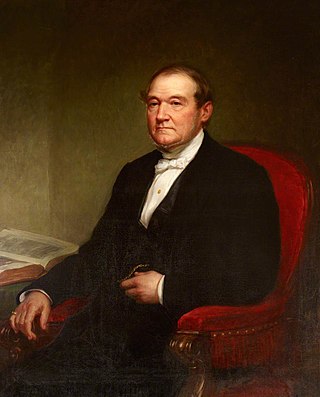
William Backhouse Astor Sr. was an American business magnate who inherited most of his father John Jacob Astor's fortune. He worked as a partner in his father's successful export business. His massive investment in Manhattan real estate enabled major donations to the Astor Library in the East Village, which became the New York Public Library.
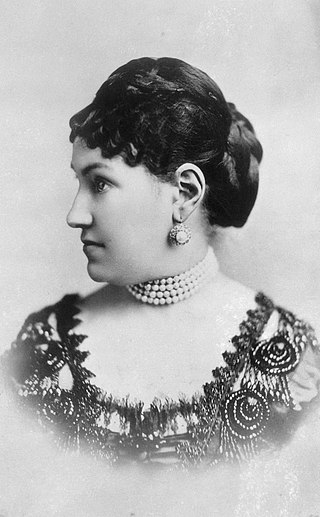
Caroline Webster "Lina" SchermerhornAstor was a prominent American socialite of the second half of the 19th century who led the Four Hundred. Famous for being referred to later in life as "the Mrs. Astor" or simply "Mrs. Astor", she was the wife of yachtsman William Backhouse Astor Jr. They had five children, including Colonel John Jacob Astor IV, who perished on the RMS Titanic. Through her marriage, she was a prominent member of the Astor family and matriarch of the male line of American Astors.
The Astor family achieved prominence in business, society, and politics in the United States and the United Kingdom during the 19th and 20th centuries. With Italian German ancestral roots in the Italian and Swiss Alps, the Astors settled in Germany, first appearing in North America in the 18th century with John Jacob Astor, one of the wealthiest people in history.

The Astor Library was a free public library in the East Village, Manhattan, developed primarily through the collaboration of New York City merchant John Jacob Astor and New England educator and bibliographer Joseph Cogswell. It was primarily meant as a research library, and its books did not circulate. It opened to the public in 1854, and in 1895 consolidated with the Lenox Library and the Tilden Foundation to become the New York Public Library (NYPL). During this time, its building was expanded twice, in 1859, and 1881.

Lewis Stuyvesant Chanler was an American lawyer and politician who served as Lieutenant Governor of New York from 1907 to 1908.
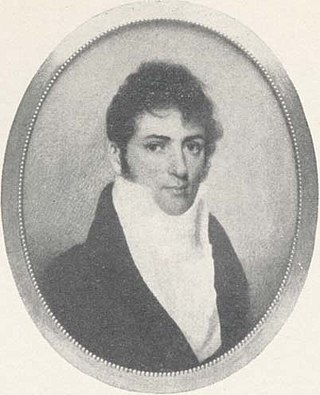
Abraham Schermerhorn was a wealthy New York City merchant who was also prominent in social affairs. He was the father of Caroline Schermerhorn Astor, known as the Mrs. Astor.
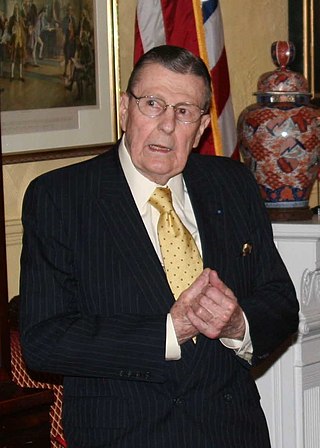
Prince Ivan Sergeyevich Obolensky was an American financial analyst and corporate officer. He was previously commissioned in the United States Navy, serving as a Flight Lieutenant, and had also been a publisher. He died on January 29, 2019.
Samuel Stevens Sands I was an American banker who served as the head of S.S. Sands & Co.

Warren Delano Jr. was an American merchant and drug smuggler who made a large fortune smuggling illegal opium into China. He was the maternal grandfather of U.S. President Franklin Delano Roosevelt.
DeLancey Astor Kane was an American soldier and horseman who was prominent in New York Society during the Gilded Age. He was called the "father of coaching in the United States."

Marshall Orme Wilson was an American banker and prominent member of New York Society during the Gilded Age.
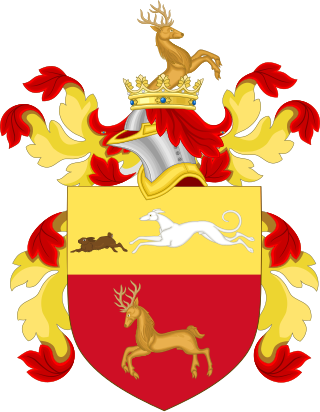
The Stuyvesant family is a family of American politicians and landowners in New York City. The family is of Dutch origin and is descended from Peter Stuyvesant (1610–1672), who was born in Peperga, Friesland, Netherlands and served as the last Dutch Director-General of New Netherland.
Robert Fulton Cutting, was an American financier and philanthropist known as "the first citizen of New York." Cutting and his brother William started the sugar beet industry in the United States in 1888.

Matthew Astor Wilks was an American clubman who was prominent in New York society during the Gilded Age.

Caroline Schermerhorn Astor Wilson was an American heiress, social leader, and prominent member of New York society.

Warren Delano IV was an American horseman and coal tycoon.
Andrew Barclay was a Scottish-American merchant who served as the 4th president of the Saint Andrew's Society of the State of New York.














